Hudson Valley Abolitionists
News Based on facts, either observed and verified directly by the reporter, or reported and verified from knowledgeable sources.
Along the Freedom Movement from Queens to Albany

Good morning! Today is Friday, February 18, and you are reading today’s section of Examiner+, a digital newsmagazine serving Westchester, Putnam, and the surrounding Hudson Valley.
Need to subscribe — or upgrade your Examiner+ subscription to enjoy full access to all of our premium digital content? Details here.
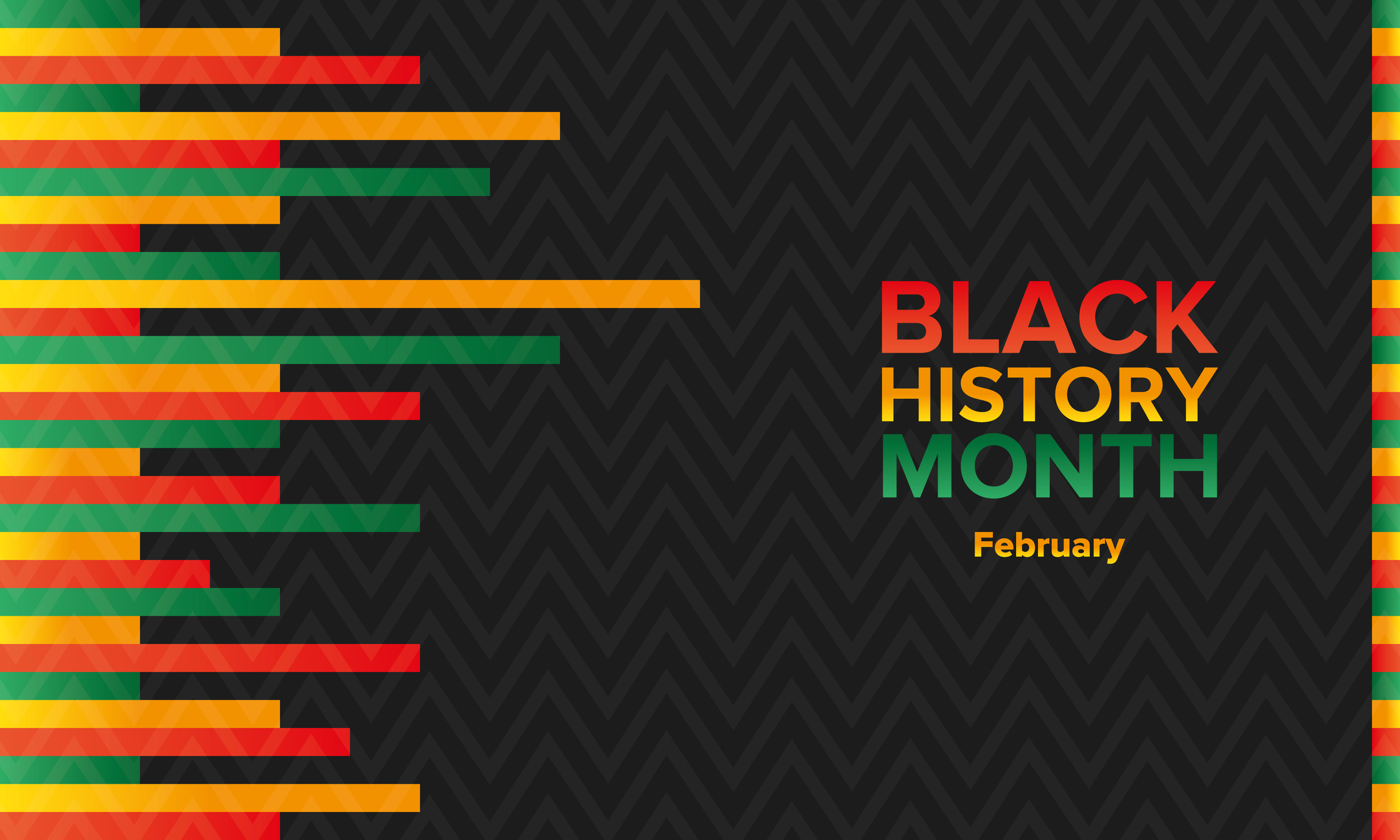
In honor of Black History Month in 2021, Examiner News featured a story about people in the lower Hudson Valley who had important roles in the social network and movement commonly referred to as the Underground Railroad or UGRR. E+ is pleased to expand upon the breadth and depth of that story today.
Where they still exist, places or landmarks serve as tangible artifacts that help us relate to the past. But it is the stories of the people ― the freedom seekers; the people who assisted them; and people persevering today to uncover facts and preserve history ― who are the life’s blood of this ongoing story.
Flushing: Roots of Activism
In the mid-1800s when Samuel Bowne Parsons, Sr. came home to Flushing from his travels to southern states like the Carolinas, his wagon was filled with dogwoods, azaleas, roses, and other flowering foliage to sell at the Parsons’ family nursery. But plant life was not his only cargo.
Samuel later said that hidden amidst the flora, he smuggled back escaping slaves. Did the wagon have a hidden compartment, or did he conceal the people who traveled with him some other way? We can only wonder how creative he was.
Samuel’s brothers, Robert and William also helped raise funds for and shield freedom seekers. During this period, they lived in the family’s historic 1661 home, The Bowne House, along with two unmarried aunts, Ann and Eliza Bowne.
Although the women were then in their sixties and some thirty years older than their nephews, researchers surmise that they likely knew about the activity and possibly participated.
According to SUNY professor Kathleen Velsor, women were often the overlooked strongholds in abolitionist homes. A UGRR researcher and author, Velsor said, “Women helped educate escaping people about how to walk, talk, and act like their northern counterparts, so they wouldn’t stand out as being runaways. They made them identification, birth certificates, fed, clothed, and made quilts for them.”
It was a high-risk time for runaways and those who aided them due to the penalties they faced if caught, but the roots of activism ran deep within this Quaker family. Their uncle Robert Bowne was a founding member of the New York Society for the Manumission of Slaves, a group of prominent activists who worked for the emancipation of slaves and whose members included founding fathers John Jay and Alexander Hamilton.
When Samuel died in 1906, his obituary included his boast that “he assisted more slaves to freedom than any other man in Queens County.”
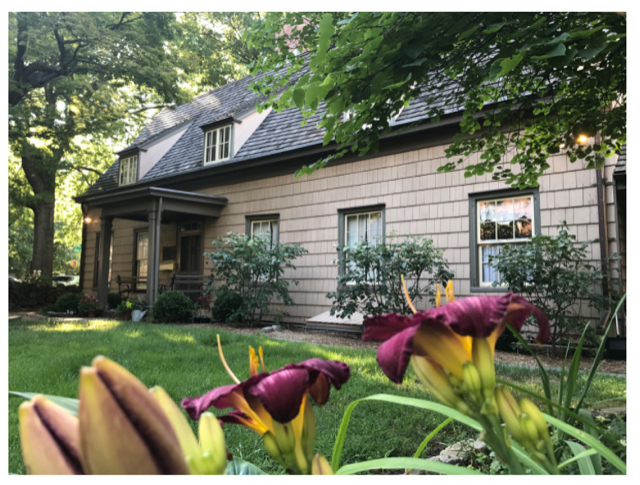
Westchester: The Unsung Role of Black Communities
There were numerous black activists throughout New York, such as David Ruggles in New York City and Hawley and Harriet Myers in Albany, who aided others to escape to freedom.
Historian and author Fergus Bordewich wrote, “In reality from its beginnings in the early 19th century, the underground thrived by virtue of a dynamic partnership between blacks both free and enslaved and whites, first Quakers and later evangelical Christians and others.”
In Peekskill, Hawley and Harriet Green’s home was a UGRR safe haven and they were conduits to freedom. Hawley was a free black, successful businessman, and barbershop owner who was said to have “strict religious beliefs.”
Since the UGRR relied upon trusted connections, often family members or within faith communities. Who were among the supporters helping people reach the Greens?
Teresa Vega has some ideas on that. Vega has a degree in Anthropology and Asian Studies and has researched her mixed-race ancestral roots for more than two decades. She publishes her finding in her Radiant Roots blog, where she wrote, “Free black communities in Greenwich and Westchester County played a critical, unsung, role in the success of the UGRR.”
Vega believes that Hawley Green’s two cousins — John Allen and George Green, the latter who was her 2nd great grandfather — might have been among those helpers.
These two brothers lived in Westchester communities during the mid-1800s. George lived in Yorktown and John Allen lived with Lazarus Heady, Jr., a free African American and the owner of a 100-acre farm near Ossining and was also an African Methodist Episcopal minister.
Heady was a descendant of Westchester’s oldest free black family. His grandfather was Thomas Hadden, a Scarsdale resident, who acknowledged, freed, and made provisions for his female servant and their seven mixed-race children in his 1761 Will.
Vega said she believes these local intersecting families, along with others she has identified, may have assisted freedom seekers to reach Peekskill’s safehouses and that active UGRR community. She noted, “It was said that, if a self-emancipating man made it to Hawley’s House, the next stop was Canada.”
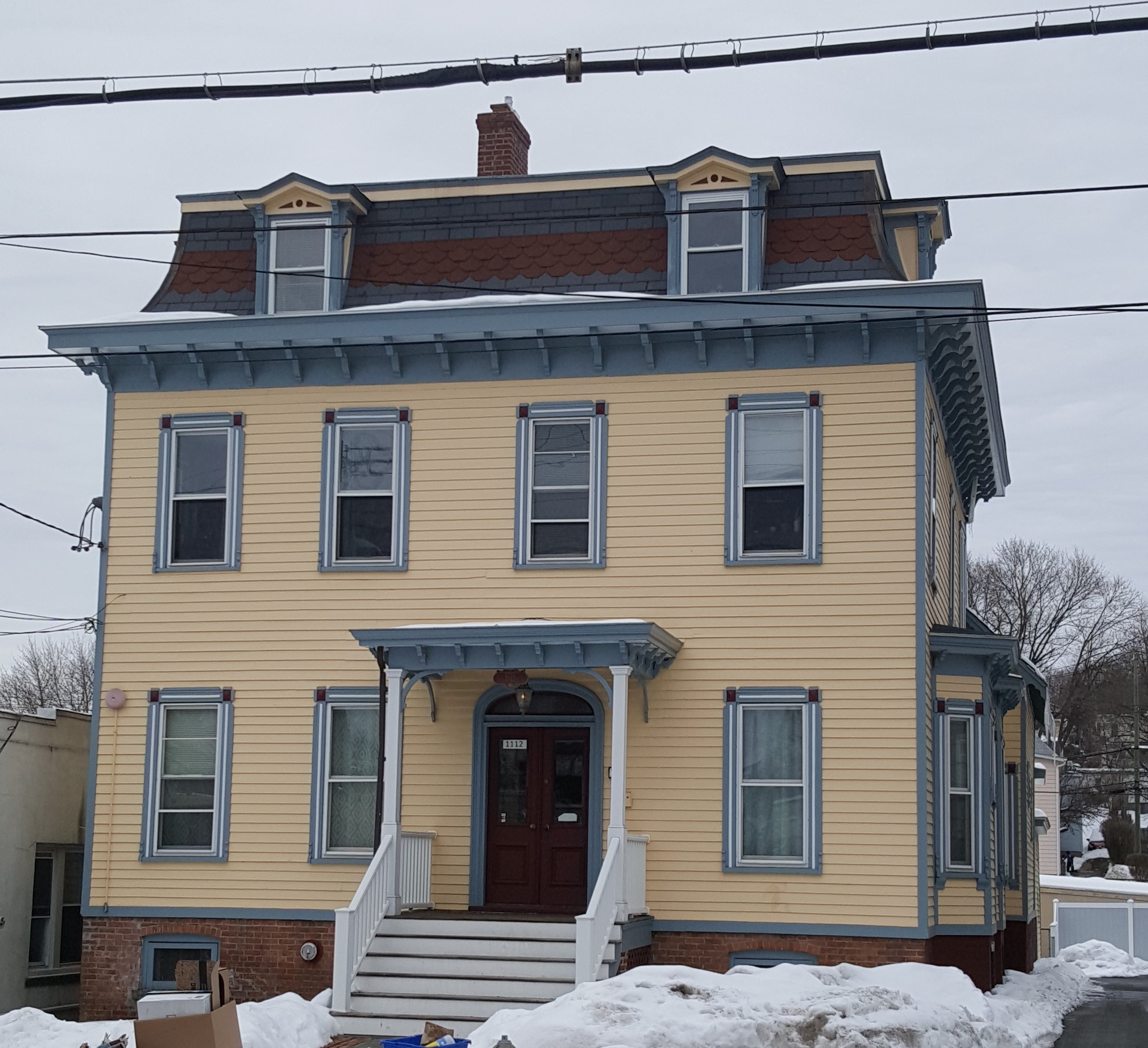
Dutchess: An Education in Activism
Envision a classroom of elementary and middle-school-aged boys and girls, reading or studying math together. That’s nothing extraordinary here today, but when the Nine Partners School opened as a co-ed day and boarding school in 1796, it was the first of its kind in New York.
It was more than its co-ed status that led to the legacy of the Millbrook school; Nine Partners also became a site for education in activism.
As part of their education, students were taught about the evils of slavery. More than a century later Bordewich described the school, which had been founded by a group of local Quakers, as “the most important single abolitionist institution in the valley—and one of the most important in the country,” adding, “it may have served as a sort of command center for the underground in the entire region.”
Among its more famous alumni, Lucretia Cotton (Mott) attended as an early student and then became a teacher. Mott went on to become a leading activist for women’s suffrage and abolitionism.
Eliza Bowne and Hannah Sutton were among the early pupils. Even though Bowne was from Flushing, some 90 miles from Nine Partners, and Sutton was from Pleasantville, the two young women were the same age. Did they overlap as students, get to know one another, or perhaps became friends?
Pierce biographer Dorothee von Huene Greenberg wrote in The Westchester Historian, “the education Hannah received would have influenced her and her family and laid a foundation for her children’s commitment to social equality and abolition. It would also have supplied links to a Quaker network that assisted runaways.”
As adults, family members of both women had covert UGRR roles, and conceivably they did too. Bowne lived with anti-slavery activists and Sutton later married Joseph Pierce, an ardent Pleasantville abolitionist, and was mother to UGRR stationmaster, Moses Pierce.
It’s easy to imagine the milieu of Nine Partners in the early 1800s and the impression it could have made upon Bowne, Sutton, and a host of others, and influence on the freedom movement.
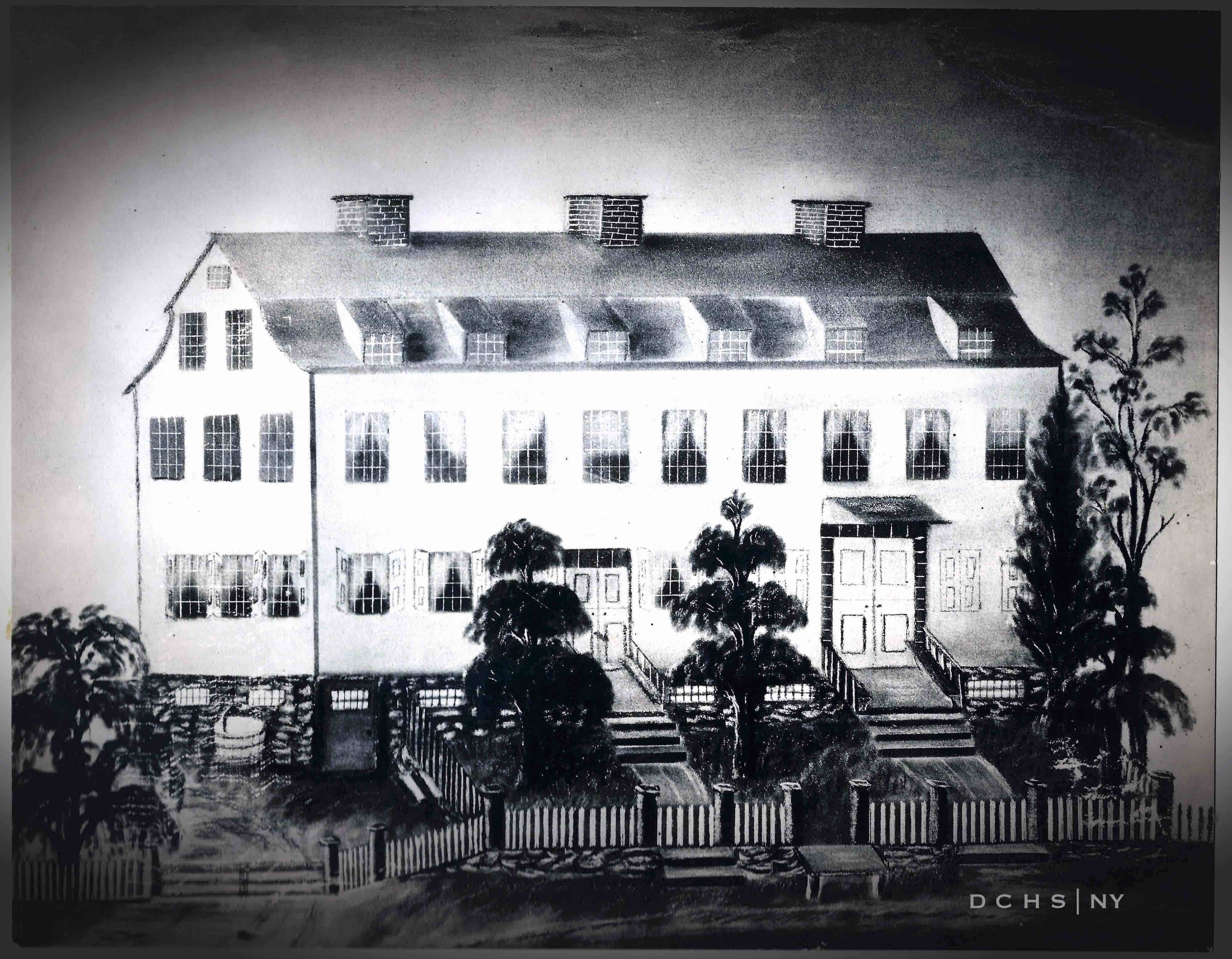
Capital Region: Agents of Change
Fast forward about two centuries to Paul and Mary Liz Stewart, an Albany-based husband-and-wife team whose journey of discovery has spanned about two decades.
Mary Liz explained, “I was looking to bring tangible examples into my fifth-grade classroom to help my 10-year-olds understand that the Underground Railroad was not about subways or trains. In that desire for documented accounts of local people, Paul and I found very quickly that we could not find a lot.”
Using numerous research sources and ingenuity, the Stewarts began to unearth significant local history, adding to the knowledge about Stephen and Harriet Myers and their pivotal UGRR freedom work.
Stephen Myers was born a slave about 1800, then later freed at 18. When he was 42, with the help of his wife Harriet, he started a newspaper, the Northern Star and Freeman’s Advocate.
Along with running the newspaper, the couple operated what became a regional command center for UGRR activity. Estimates are that they helped hundreds of enslaved people escape to freedom.
The Myers collaborated with other known leaders in the anti-slavery movement, including John Jay II and his son William Jay II of Katonah. Historical letters written between the Myers and the Jays can be viewed on the John Jay Homestead website.
Among the Stewarts’ discoveries were contributions by Harriett’s brother, sloop captain John Johnson. He purchased the lot where the Myers’ UGRR safe house was built. Paul noted, “John Johnson carried goods and people on his sloop from New York City to Albany.”
Paul and Mary Liz Stewart co-founded the Underground Railroad Education Center. In 2004, the Center purchased the building – now officially The Stephen and Harriet Myers Residence – with a mission of preservation and education.
Mary Liz reminds visitors, “We are walking where the freedom seekers and abolitionists walked.” Paul said, “Identifying these places of sanctuary allows us to be in the place where not only history happened but where social justice — a freedom fight — occurred. People chose to leave conditions of enslavement. They risked their own personal security and that of their friends and family, who might be punished or interrogated, but they made a choice for freedom instead of continued enslavement.”
Mary Liz explained that the stories Underground Railroad are still unfolding. She added, “Our commitment is to use what we have to empower others to be agents of change for equity and justice.”
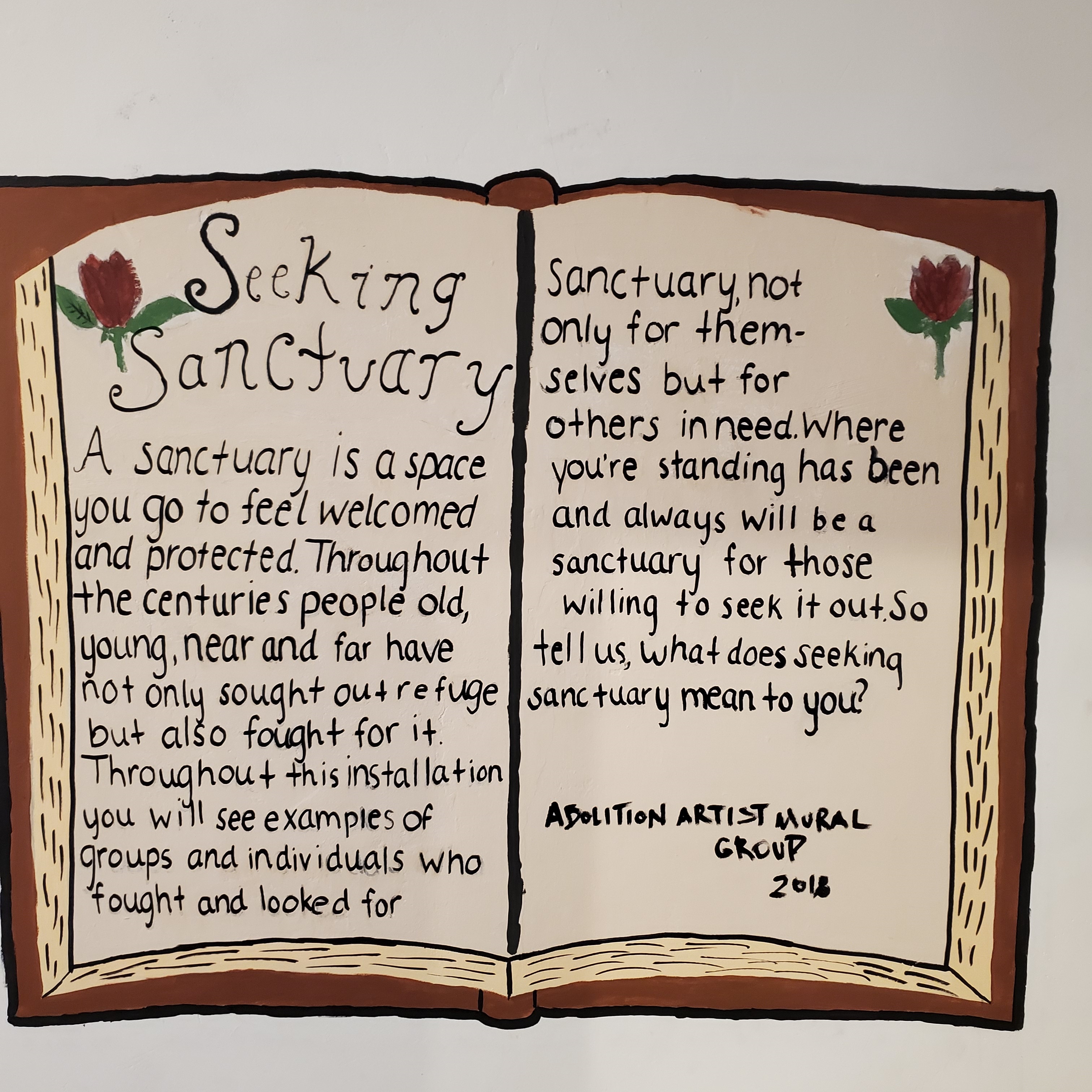
Sherrie Dulworth is a lower Hudson Valley freelance writer whose stories range across healthcare, careers, literature, and human interest. She often finds tranquility with her nose in a book or her feet on a hiking trail, but not simultaneously.
We hope you’ve enjoyed today’s section of Examiner+. What did you think? We love honest feedback. Tell us: examinerplus@theexaminernews.com

Examiner Media – Keeping you informed with professionally-reported local news, features, and sports coverage.
